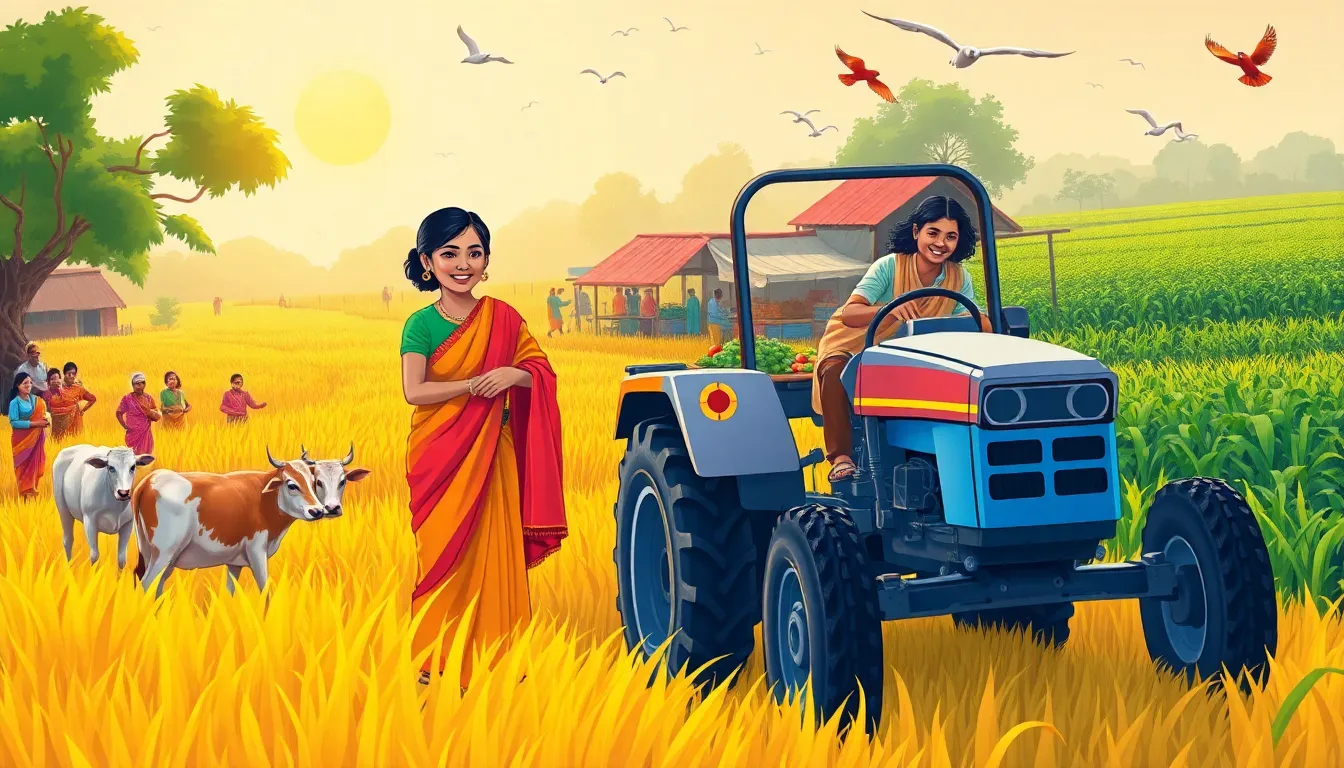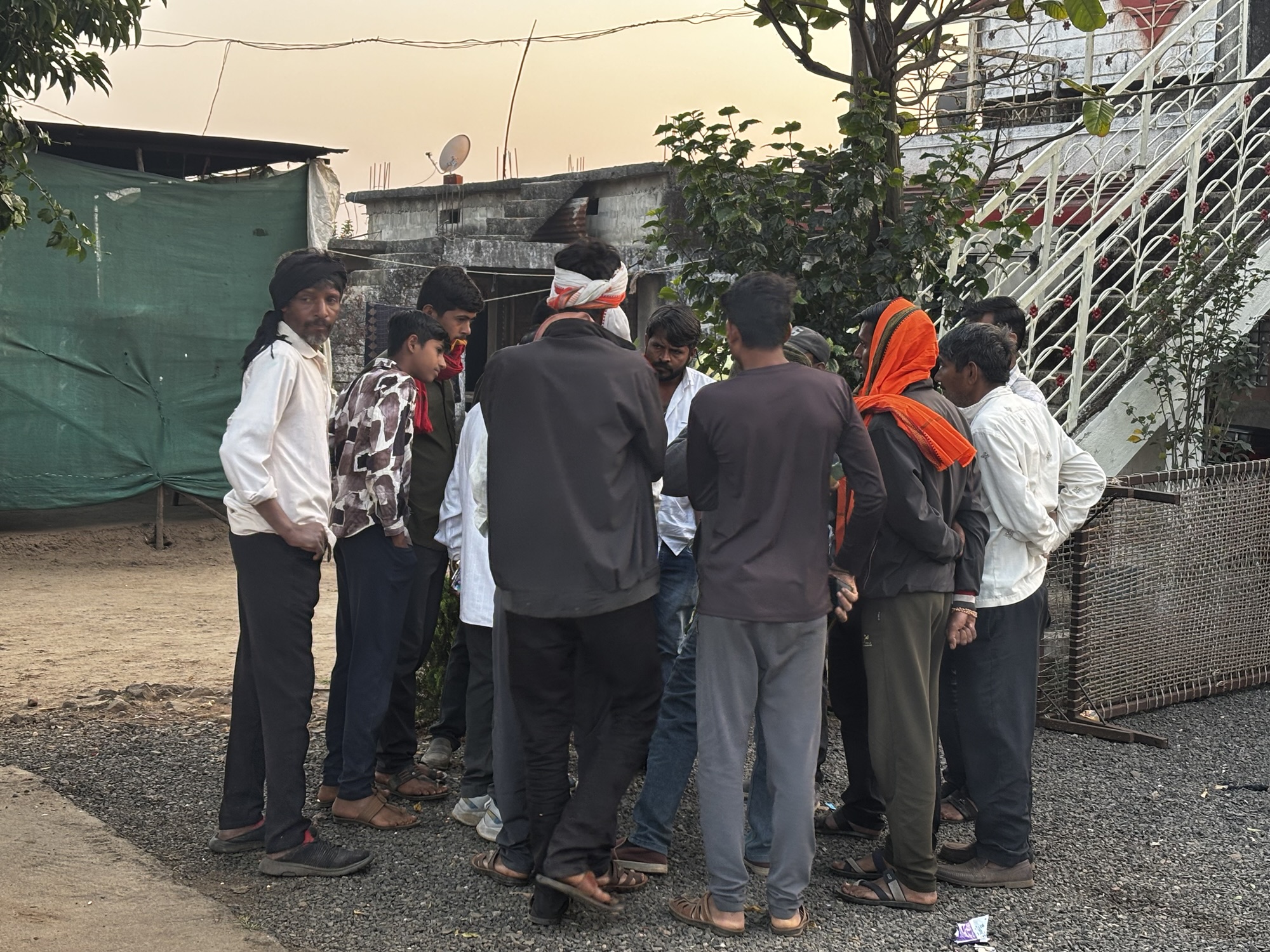In India, agriculture is changing. Women are increasingly becoming the backbone of farming. A recent study shows that women now make up 42% of the agricultural workforce. This shift is largely due to male migration driven by climate stress and economic challenges. As men leave for work, women are stepping in to manage farms and households. However, despite their growing role, women’s contributions often go unrecognised.
The study from Karnataka highlights the importance of land ownership for women. Without owning land, their work and decisions are often invisible. The data shows that women’s wages are still lower than those of men, and their decision-making power is limited. This lack of recognition is a significant barrier to their empowerment.
The research focused on 35,604 rural households across India. It found that while women are taking on more responsibilities, they still face systemic barriers. They often lack access to essential resources like seeds, technology, and training. This exclusion limits their ability to make decisions and manage their farms effectively.
Many women today are managing farms on their own. They are becoming experts in areas like soil health and resource management. However, when it comes to larger farming decisions, men still dominate. This is evident in many households where men claim that women are involved in decision-making, but women often disagree.
For example, a widow in West Bengal managed her farm independently because the land was in her name. Yet, she planned to transfer ownership to her son when he grew up. This highlights the cultural expectation that men should own land and make decisions, even when women are doing the work.
Women are also facing challenges in accessing new farming technologies. Many agricultural services cater to men, leaving women at a disadvantage. In Maharashtra, for instance, women who take over farming when men migrate still struggle with accessing resources and technology.
Additionally, the lack of timely information exacerbates these challenges. Women often miss out on essential updates like weather forecasts, which are crucial for farming. This disconnect shows that while women may take on more responsibilities, it does not necessarily lead to empowerment.
Experts agree that change is needed. There’s a growing call for better data on women’s roles in agriculture. Currently, most surveys record land ownership at the household level, which obscures individual contributions. Understanding who owns what is key to addressing gender disparities in agriculture.
Moreover, there are signs of hope. Some state policies are promoting women’s land ownership. These initiatives can pave the way for greater empowerment. However, they often exclude cultivable land, limiting women’s real power in agriculture.
The findings of this study are crucial as India faces broader socio-economic changes. As women take on more roles, it is essential to ensure their contributions are recognised and valued. Without this recognition, policies will continue to overlook the significant role women play in agriculture.
In conclusion, as agriculture in India becomes more feminised, it is vital to address the barriers that women face. By ensuring access to land, resources, and decision-making power, we can empower women and transform the agricultural landscape for the better. This is not just a matter of justice; it is essential for the future of agriculture in India.





